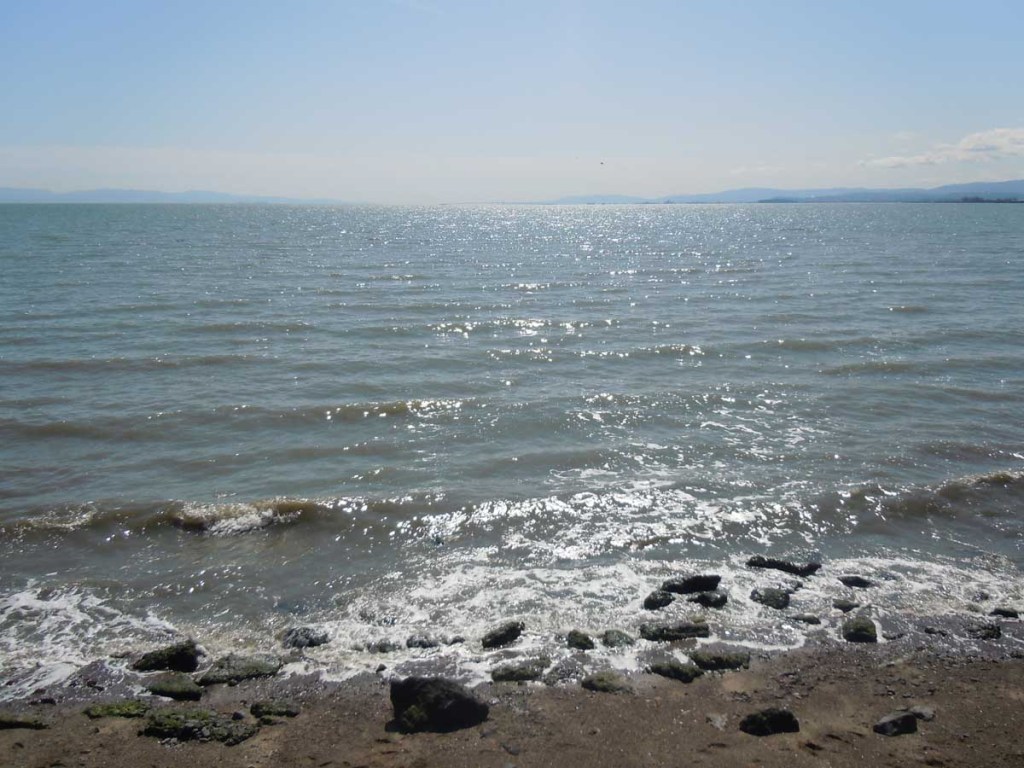Obama just announced the first new marine sanctuaries in 15 years
Published 12:15 pm Monday, October 5, 2015

- Obama just announced the first new marine sanctuaries in 15 years
In a world whose natural areas are increasingly threatened by human activities, the oceans have been among the most heavily impacted environments. Pollution, overfishing and the effects of climate change are just a few of the major challenges facing marine ecosystems around the world – and these issues threaten not only the myriad organisms that live in the sea, but all the people around the world who rely on oceans for their food and livelihoods.
Trending
At the second annual Our Ocean conference, which opens Monday in Chile, world leaders will address the challenges to marine ecosystems around the globe and announce the extra steps they are taking to protect the world’s oceans. And during Monday’s open statements, both the U.S. and Chilean governments helped to kick things off by announcing steps to create several new marine sanctuaries.
In a video message to conference attendees, President Obama announced plans for two new marine sanctuaries, one off the coast of Maryland, and the other in Lake Michigan. They’ll be the first new national marine sanctuaries designated by the federal government in the past 15 years.
One of these sanctuaries will be an 875-square mile section of Lake Michigan off the shore of Wisconsin, which is recognized for its collection of nearly 40 known shipwrecks, some of which are listed on the National Register of Historic Places. The other sanctuary is a 14-square mile area of the Potomac River, which includes Maryland’s Mallows Bay – an area known for its ecological significance, according to the Maryland Department of Natural Resources, and home to bald eagles, herons, beavers, river otters and numerous species of fish.
“The United States is committed to working with our international partners to protect our oceans and protect our planet,” says Obama in the video. “Because I refuse to leave our children a planet that’s beyond their capacity to repair.”
The two areas were nominated for sanctuary status last year after the National Oceanic and Atmospheric Administration (NOAA) reopened the public nomination process for the first time in 20 years. Since the process was opened, seven nominations were submitted from around the country, and the two announced Monday were the ones so far approved by NOAA for consideration as national marine sanctuaries. At least one other nomination is still currently under review by NOAA.
These plans come on the heels of other recent action by the Obama administration to expand protection for marine areas in the United States. Last year, President Obama made Alaska’s Bristol Bay off limits to oil and gas development, while still allowing for commercial fishing in the area. He also expanded the Pacific Remote Islands Marine National Monument, which was originally established in 2009.
Trending
Marine national monuments differ from marine sanctuaries in that they can be established by presidential proclamation, whereas sanctuaries are designated by NOAA and require extensive public input – however, they can offer similar protections and human use restrictions over marine ecosystems.
The United States is also announcing several other plans aimed at protecting marine resources. In Chile for the conference, Secretary of State John Kerry announced the launch of Sea Scout, a global initiative targeting illegal, unreported and unregulated fishing by uniting world leaders, expanding technology and information-sharing and identifying illegal fishing hot spots. NOAA also has plans to expand the development of a technology known as the Visible Infrared Imaging Radiometer Suite, which detects boats and may help alert nations to illegal fishing activities. The technology will be implemented in several nations in 2016, including Indonesia and the Philippines.
In a separate announcement, Chilean President Michelle Bachelet announced the creation of the Nazca-Desventuradas marine park, which will cover a surface area of more than 297,000 square kilometers, or more than 114,000 square miles, in the area surrounding the San Ambrosio and San Felix islands.
“This new marine park not only will protect the biodiversity [inside it], but will act like a savings account for the areas around it,” helping to replenish depleted fish stocks in surrounding regions, said Enric Sala, a marine ecologist and National Geographic explorer-in-residence. And the region has one of the highest levels of endemic species, or species found nowhere else in the world, making it all the more important to protect, he said.
And the Chilean government has also committed to the creation of a marine protected area around Easter Island encompassing more than 600,000 square kilometers, pending the approval of the island’s indigenous Rapa Nui community. It’s an area also known for its high rates of endemism, as well as its extremely abundant coral cover, said Jon Witman, a biology professor at Brown University who’s been involved in ecological research in the area.
Altogether, the two protected areas would encompass approximately a million square kilometers, “becoming the largest marine protected area in the world,” said President Bachelet at the conference. “This is Chile’s contribution to our oceans, and to the sustainable development of the planet.”
The establishment of these marine protected areas will be another step forward in the battle to protect dwindling marine resources and promote more sustainable treatment of the world’s oceans.
“The question isn’t whether the ocean matters, and it isn’t whether the ocean is at risk,” said Kerry at the conference on Monday. “The real question is whether we, all of us on this planet, are going to adjust our ways in order to protect the ocean for generations to come.”


